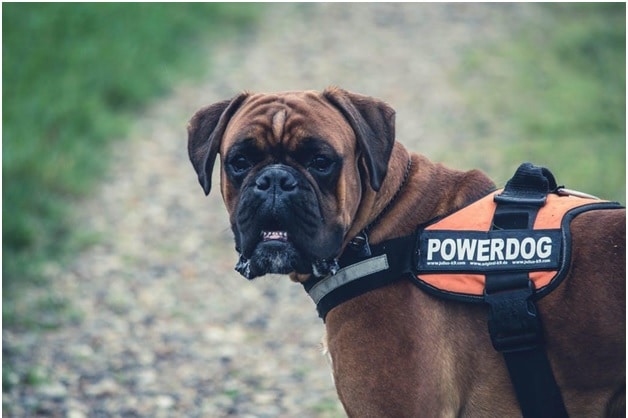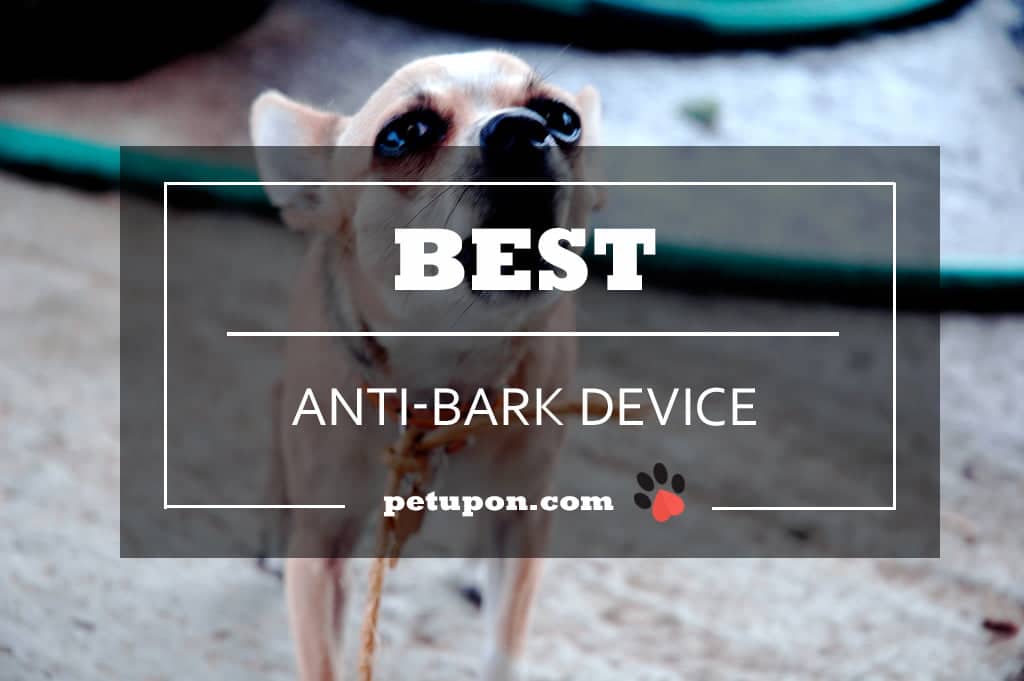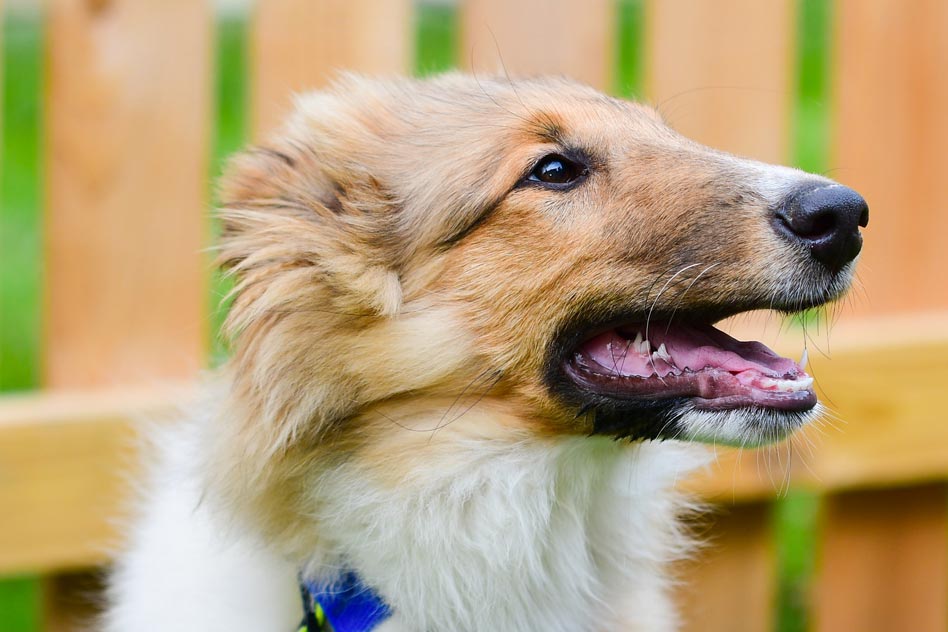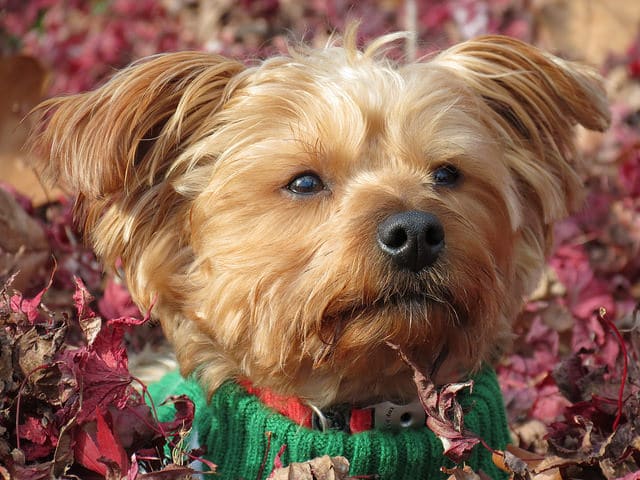
See also:
Recently, a friend’s dog needed surgery. At nine years old, the dog needed her tail amputated after a cancerous mass was found near the base. This was the dog’s second surgery, and it was completely different from the first.
Every dog’s surgery varies in scope and seriousness and scariness too, but all surgeries require the same general post-op care.
Whether you’re supporting your best friend through her first surgery, or one of many (hopefully this is not the case), these tips will help see you through the first couple weeks of your dog’s recovery period.
1. Inspect the incision regularly
There are multiple methods for closing your dog’s surgical incision, depending upon the surgery: Some are closed many times through multiple layers of tissue, and others require one clean row of stitching, glue, or staples.
Regardless, the incision should be clean and the edges should touch one another. Typically, it will be a bit red and may even bruise, especially during the first few days of healing.
If your dog’s incision isn’t bandaged, inspect it twice a day. Look for excessive swelling or bleeding, even discharge. A small amount of blood seeping from the incision is normal within the first 24 hours, but anymore more necessitates a call to the vet.
2. Keep him in a small, monitored area
If your dog is rambunctious, playful, or young, keeping her confined to a small area might seem difficult, but it needs to happen. Even when it seems she’s getting better, avoid letting her jump on furniture or walk up and down steps.
If she’s taking pain pills, they might throw off her balance, and in any case, her incision is a delicate area you don’t want to risk ripping. The movement needs to be limited and gentle.
3. Keep the area warm, not hot
Sometimes anesthesia or prescription pain relievers will confuse your dog’s temperature sensors. Make sure her area is comfortable—not too cold, and not too hot.
4. Isolate her from children and other animals
Essentially, you need to isolate your recovering pup from anything that might upset or energize her or make her snap. This is especially true for pets coming home immediately after surgery when anesthesia is still wearing off; they’re not only going to feel a bit off, but they might act it too.
How long your dog must be isolated or calmly contained will depend upon the severity of her surgery. Your vet can provide you with the most accurate instructions. Still, it pays to understand your pet. When my friend’s dog had her tail removed, an intern told her the dog needed to be isolated in a very small area—a crate—for two weeks.
Some dogs can handle situations like this well, and some dogs can’t. Knowing your dog and understanding your vet’s instructions will result in the healthiest recovery for your pet.
5. Take short, leashed walks outside every few hours
If your pet is coming home the day of surgery, know that the IV fluids he received during the operation will cause him to urinate more frequently.
Depending upon the type of surgery, your dog might be unable to control when she uses the bathroom, in which case pee pads are needed. Even in the days following recovery, your dog needs multiple breaks to use the bathroom. Make the walks short—just out and back—and avoid stairs.
6. Monitor food intake, and give plenty of water
Because your dog will be getting much less exercise, it’s usually recommended to cut food intake down by a quarter (so, if you normally give one cup in the morning, now you’d give ¾ cup), and on the first day or two back you might give little to no food at all.
Follow your vet’s orders. If your dog seems disinterested in eating her regular food, consider bland boiled chicken or hamburger meat, rice, and no treats.
As for water, ensure your pet has some available at all times—and that they’re drinking it. If the anesthesia is still wearing off, make sure you keep an eye on your dog at all times, so they don’t trip, spill, or droop their head in the water for too long.
7. Follow proper wound care
This will help your pet recover quickest. Ask your vet if cleansing the wound is necessary or if it’s best you leave it alone. Some will ask you to wash the wound lightly, and others will give you antibiotic creams.
Some don’t want you to put anything on the wound except a cold compress to reduce inflammation. Do as the doctor orders, and pay attention to its development—your dog’s incision should look cleaner, less red, and healthier with each passing day.
8. Prevent licking and scratching
Dogs naturally lick their wounds, but some they shouldn’t touch. If your dog has a wound she can reach and she’s actively trying to lick or scratch it, you’ll need to use a “cone,” or e-collar, given to you by your vet.
Usually, it’s required that dogs wear these for two weeks after surgery. It only takes minutes for a dog to undo its stitches; as much as your dog may protest to wearing the cone, it’s ultimately in everyone’s best interest.
9. Keep things dry
Baths should be avoided for the first few weeks. For some, baths should be avoided even longer. If it’s raining and your dog needs to go out, make sure the wound stays dry. Don’t let them lay in an area where it’s wet, either. Only put a topical on the wound if instructed.
10. Spend quality time together
Recovering from surgery can be lonely for a pet. Isolation and confinement can be frustrating; make sure your dog knows she’s not alone. Don’t just monitor her activity—show her some love.
Whether it’s sitting together while you watch a movie or giving her some good belly rubs, being an active and positive presence in her recovery will pay off.
 Best Dog Food for Boxers
Best Dog Food for Boxers Best Anti-Bark Device Reviews
Best Anti-Bark Device Reviews How to Take Care of a 10 Week Old Puppy
How to Take Care of a 10 Week Old Puppy Best Dog Wormers 2019
Best Dog Wormers 2019 How To Groom A Morkie
How To Groom A Morkie
Thank you for mentioning needing the cone to prevent licking. My grandma’s dog needs surgery soon, but we’ve never really had to go through any of that with our pets before. I have always wondered what the cone was for, but it makes sense that it’s a preventative measure. We’ll make sure that he leaves it alone.
My 12 yr old GSD is getting his tail amputated and thanks for the helpful information. The vet said he’ll have a cocker spaniel tail I mean is there any way he could possibly start biting at that? Would that area be reachable to bite? That’s what I’m worried about